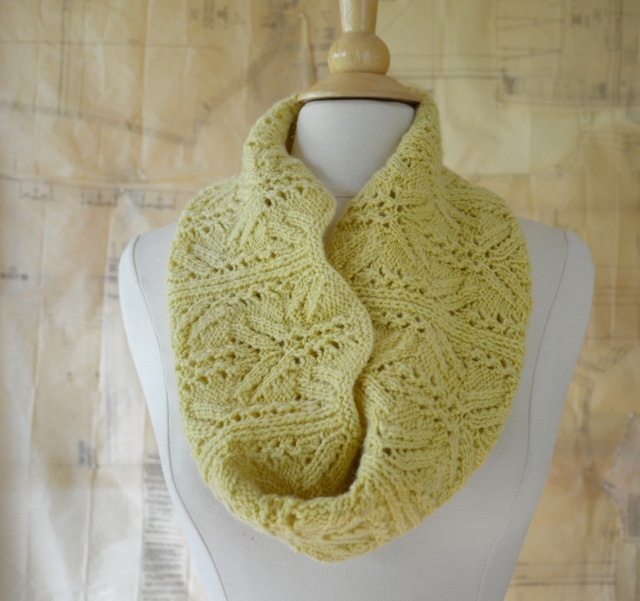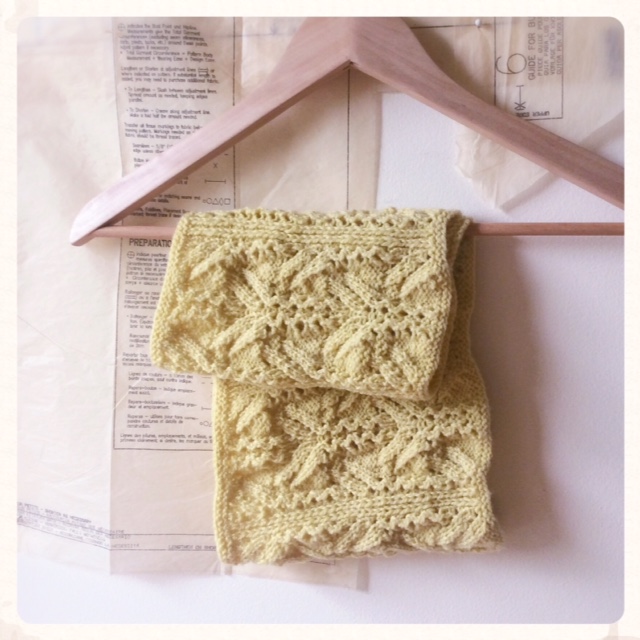Another dragonfly-inspired design has winged its way into my Ravelry pattern store! The Cordulia cowl is now ready for your knitting needles.
To celebrate its release, I'm having an introductory sale: through Sunday, September 24, save 25% on Cordulia with the coupon code COWL25.
Named after a genus of dragonflies, Cordulia is one of three lace accessories in my new ebook collection, Dragonfly Days. The first was the Enallagma shawl, released earlier this summer. The third and final design will be released this fall.
The Dragonfly Days collection was born during the early days of summer 2017. As I swatched a pretty lace stitch for the Enallagma shawl, I really loved two things about it — the way the cast-on edge naturally formed gentle scallops, and the way parts of the lace resembled dragonfly wings.
The more I worked on the shawl, the more I wanted to explore the lace stitch further. So I played around with it, modifying it to create Cordulia. From start to finish, designing this cowl was an enjoyable process, and I can't wait to work with this beautiful lace stitch again for another design.
I’ve always been fascinated by dragonflies. I love their glittering wings. I love watching them dart back and forth over the water. Although they’re so quick, they make me want to slow down — slow down and pay closer attention to the natural world.
With the Dragonfly Days patterns, you can keep the warmth of summer and the magic of dragonflies near you all year long. I hope you enjoy them — and thanks very much for reading!













